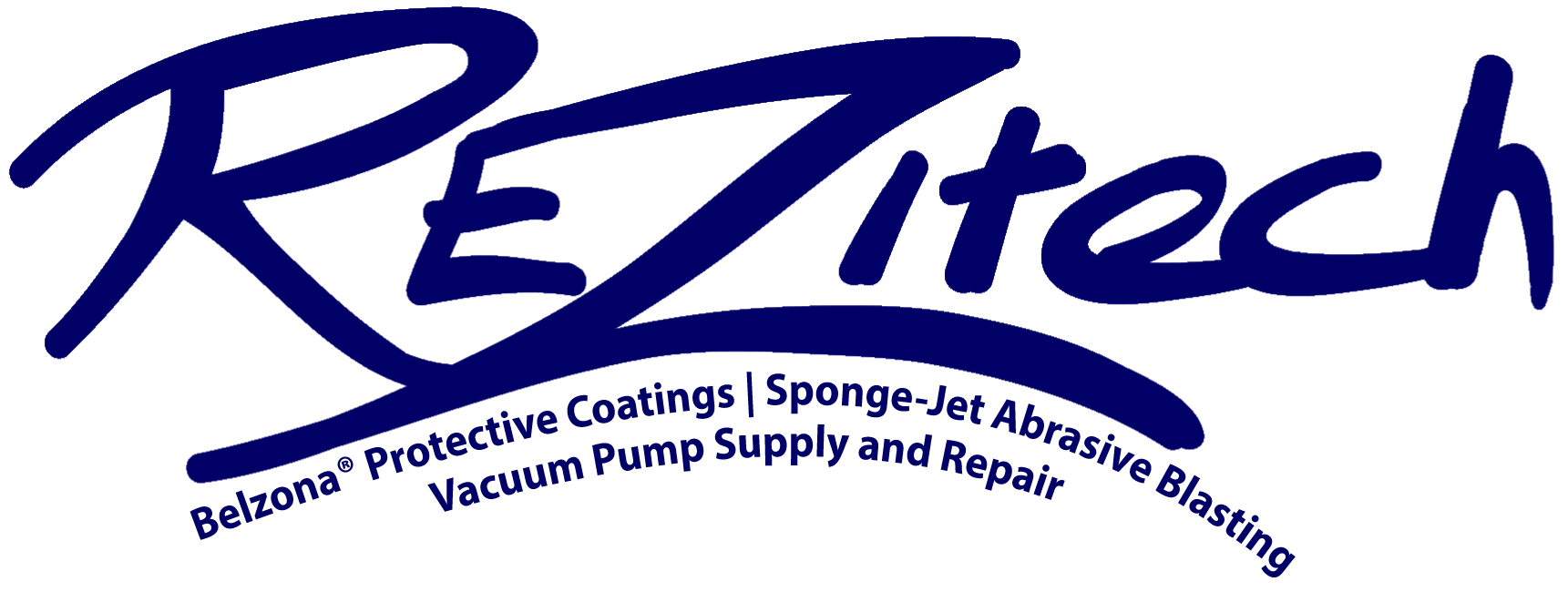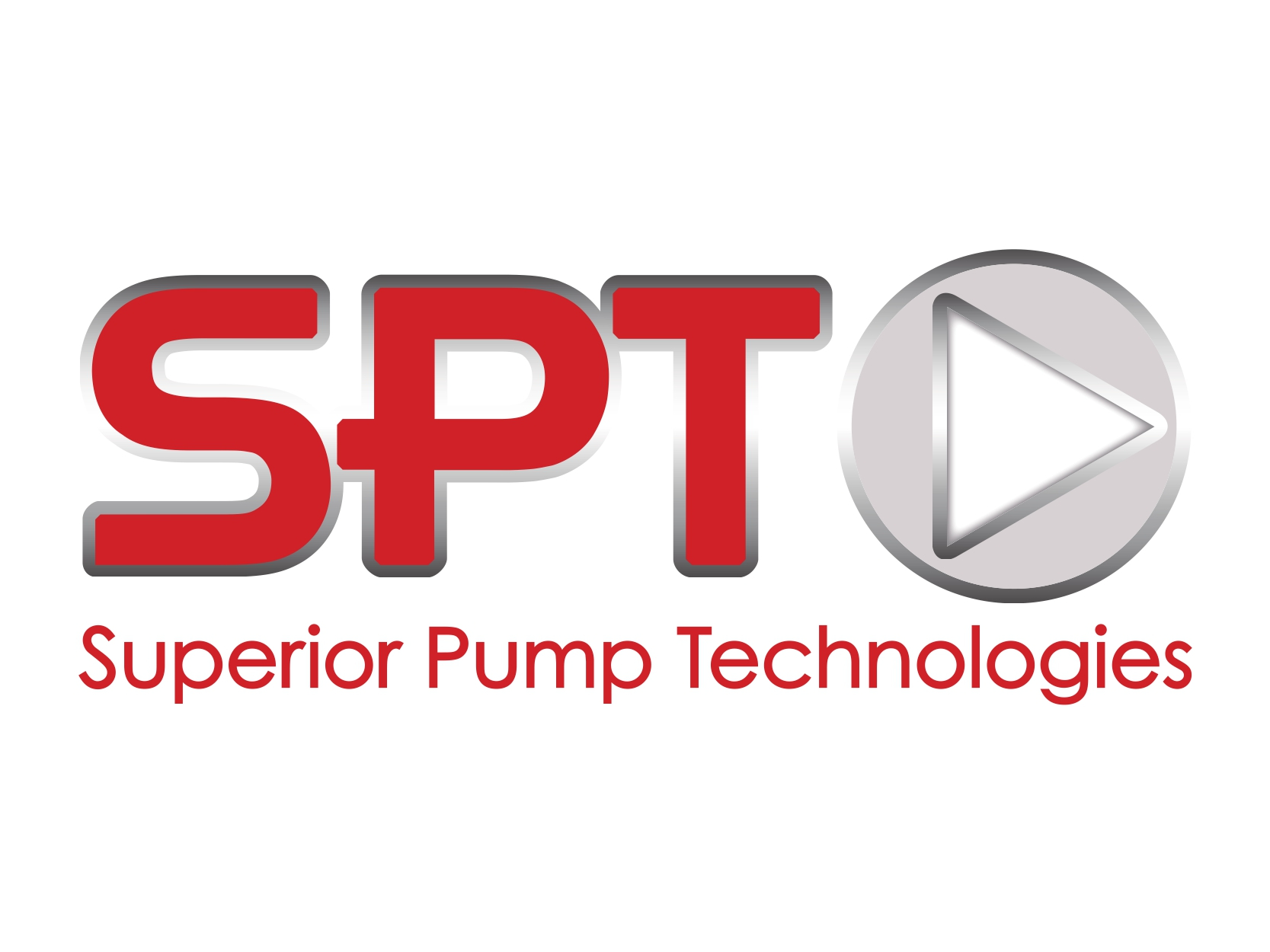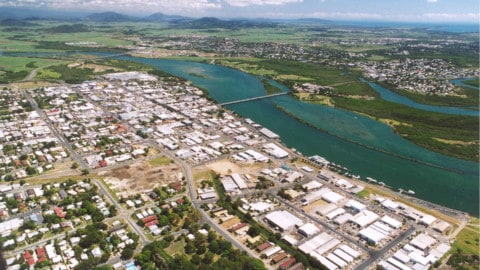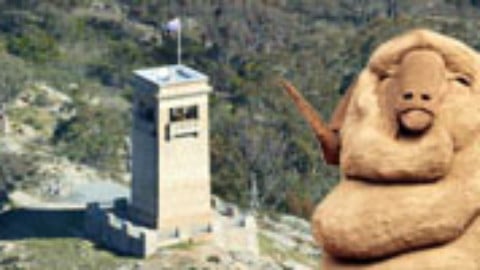by Michelle Goldsmith, Pump Industry Associate Editor
Valves are vital components of pumping systems and pipelines in near-countless different industries. The functions valves fulfill in these systems can include stopping and starting flow, regulating the rate and direction of flow, preventing backflow, and regulating system pressure. While valves may sometimes be dismissed as secondary considerations when designing a pump system, choosing the right valves can have significant implications for the system’s performance, safety, efficiency and longevity.
Choosing the right valves
Classifying valves by the first parameter, motion, means looking at some distinct differences in valve design.
The types of valves appropriate for a particular system are heavily dependent on the specific application and the functions the valves will fulfill in the system. When selecting a valve for a given application a number of important factors must be taken into consideration. These include, but are not limited to:
The flow media – The nature of the fluid being pumped has a range of implications for the system and the type of valves appropriate. Fluid characteristics that must be taken into account include the flow properties of the media, whether it is corrosive or abrasive, and potential chemical reactivity with the materials from which the valve or other system components are made.
System pressure and temperature – Valves and the materials they are composed of must be capable of withstanding and operating effectively under the environmental conditions of the system, including high or low temperature and pressure extremes.
Application and function – Depending on the requirements of your system valves may be required to fulfill various functions. Different types of valves will be more capable of meeting the requirements of your application. For instance, does the valve only need to completely stop or start the flow, or should it also play a regulatory or flow throttling role? How much leakage can be tolerated by the system? Is the valve required to release or regulate system pressure? How precisely must the valve be able to control the flow?
Cleaning and maintenance requirements – How easily can maintenance or cleaning activities be performed on the valves? How regularly must they take place to maintain performance?
Integration with other system components – The choice of valves must take the other instrumentation components and overall system design into consideration.
Other application specific criteria – Your particular application may have other specific requirements of valves and your industry may require valves to meet specific standards. For instance, in some applications strict hygiene criteria may apply which will affect the type of valves that can be used in a system. Safety standards may also dictate various criteria for valves for particular applications. Noise level or fire-safety requirements are also among the myriad factors that may come into play when choosing valves.
Classifying valves by control method and function
Valves are frequently classified by either the method of control they employ or the function they perform in a system. Methods of control include linear motion or rotary motion. Linear motion valves move components linearly (for instance, moving a disc, plug or diaphragm into or out of the flow passage) to stop, start or throttle the flow of fluid through the valve. These type of valves generally offer high accuracy and are more resistant to cavitation than rotary valves. On the other hand, rotary motion valves work by rotating closure elements (such as a disc or ellipse) about an angular or circular shaft across the diameter of the passage to impede the flow of fluid. Usually a 90°, or quarter-turn, will fully block the passage of fluid through the valve.
Valves can also be classified by their usual function. For instance, stop/start valves (alternatively known as on/off valves) either completely block or completely allow the flow of fluid. Although some can be used to throttle flow by turning them partway to the closed position, they are not designed for this purpose and using them this way is not recommended. On the other hand, throttle or control valves are designed to throttle or regulate the speed of fluid flow and pressure of a system as well as being able to completely impede the flow when required.
Non-return valves are those which open or close depending on the direction of flow, to prevent backflow. Flow in one direction opens the valve while floe in the reverse direction closes it. Pressure release valves open slowly when system pressure becomes too high, releasing excess pressure to prevent system overpressurisation.
Here we will examine some of the most commonly used valve types, their method of operation and their functions.
Stop/start valves
- Gate valves (linear motion, stop/start function)
Gate valves (also known as sluice valves) operate via the use of a sliding part, or gate, that can be moved in or out of the path of the conveyed substance. This is particularly useful for straight-line flows and when you wish to isolate a particular area of a pipeline.
- Rotary ball valves (rotary motion, stop/start function)
Rotary ball valves utiliise a ball like structure containing channels through which fluid may flow. To block the flow of fluid, the ball is rotated so that entry to the channels no longer matches up with the passage of the fluid.
- Plug valves (rotary motion, stop/start function)
Plug valves make use of a rotating cylindrical or conically tapered plug containing passageways through which fluid may flow when the valve is open.
Throttle or flow control valves
- Diaphragm valves (linear motion, control/throttle function)
Diaphragm valves, also known as membrane valves, involve a flexible diaphragm material connected to a compressor, which is moved up and down by the valve’s stem to open and close the valve, either completely or to various degrees. It is the diaphragm material and not the operating mechanism of the valve that is exposed to the media within the pipeline and therefore must be of appropriate material.
- Butterfly valves (rotary motion, control/throttle function)Butterfly valves utilise a disk-shaped rotary closing mechanism positioned in the centre of the pipe by a rod passing through it. This rod is connected to an actuator on the outside of the valve. Rotating the actuator rotates the disk, which can be turned face-on to the flow to completely block fluid from passing, at various angles to control flowrate, or completely parallel to allow for maximum flow rate.
- Globe valves (linear motion, control/throttle function)
Globe valves are primarily used for modulating flow through a pipe system. They consist of a moveable disk shaped plug and a stationary ring seat. The plug is connected to a stem that is controlled on the outside of the valve and can be screwed into the seat to throttle the flow of fluid through the valve.
- Needle valves (linear motion, control/throttle function)
Needle valves are primarily used to precisely regulate flow in systems with low overall flow rates. These valves operate through the use of a small port and a tapered, needle-shaped plunger, which may be gradually retracted from its seat to allow more fluid to pass through.
- Squeeze valves (linear motion, control/throttle function)
Squeeze valves are pressure-operated valves that may perform both on/off and flow modulating functions. They involve the use of a tubular cuff element that is squeezed together via mechanical, hydraulic or atmospheric pressure to block the flow of fluid through a system. To open the valve, the pressure is released and the cuff relaxes. Different levels of pressure can close the valve to various degrees to regulate the flow.
- Pinch valves (linear motion, control/throttle function)
Pinch valves perform both on/off and flow regulating functions, often via direct contact to the process tubing of a system. The tubing is pinched shut to prevent flow through the valve. The sleeve may be pinched to varying degrees to modulate flow. Because no valve components (upon which material may become caught) contact the fluid being conveyed, pinch valves are particularly useful in hygienic applications.
Common additional valve considerations by industry
For certain industries there are some additional general criteria that are commonly considered when choosing valves. These, include, but are not limited to, those discussed below.
Pipeline industries
Valves used in large pipelines are often required to be piggable. In other words, when open, the valve bore must have a diameter that allows a pipeline pig to pass through to perform various maintenance, inspection and cleaning activities. Often these are full bore valves, with a bore size the same size as the rest of the pipeline when open. Often these are ball valves.
Valves used in certain pipeline industries, such as the oil and gas industries, also often need to be able to be operated remotely and are frequently required to be able to deal with extreme environmental conditions. These may include extremely high temperatures and pressures or extremely low pressures and cryogenic temperatures, depending on application and the stage of the oil and gas production process.
Food and beverage industries
Food and beverage industries often have very strict hygiene standards to which they must adhere. This often means that valves which come into direct contact with food are required to meet very specific criteria such as not containing any rough surfaces, crevices or pores in which food materials and bacteria could accumulate. They must also be made of compliant materials that will not absorb material or degrade and contaminate the product. In some cases a valve type that does not come into contact with the product at all may be preferable.
Water and wastewater
Valves used in water and wastewater applications will need to conform to a number of criteria. The material from which valves are made is important for water and wastewater treatment applications, as the valve must be able to withstand any chemicals it may come into contact with. Applications where the water may contain solids or stringy materials often require valves that are not vulnerable to clogging or material buildup, often ruling out certain valve types such as butterfly valves.
Chemicals and pharmaceuticals
Valves in the chemical and pharmaceutical industries must comply with strict safety standards dependent on the flow media. For instance, they must be made from materials that are non-reactive with any chemicals they will be exposed to and often must be able to handle abrasive or volatile materials. Extremes of temperature or pressure may also be experienced. Valves in these industries are often required to provide very accurate flow control and prevent leakage of potentially hazardous materials.
These are just some of the many considerations one must take into account while specifying valves for a system. While determining the right valves can be complicated, correct valve choice is vitally important for the overall efficient, safe, compliant and effective operation of a pumping system.

















